Getty Images photographer captures a rare glimpse of life in North Korea
Photojournalist Carl Court captures life inside North Korea.
The Democratic People's Republic of Korea (DPRK) remains one of the most isolated and secretive nations in the world, despite ongoing international negotiations aimed at easing tensions on the Korean peninsula. Since its formation in 1948, the country has been led by the Kim dynasty, a three-generation lineage descended from the country's first leader, Kim Il-sung followed by Kim Jong-il and grandson and current leader Kim Jong-un. Although major hostilities ceased with the signing of the Armistice in 1953, the two Koreas remain technically at war and the Demilitarized Zone (DMZ) along the two countries’ border continues to be the most fortified border in the world.
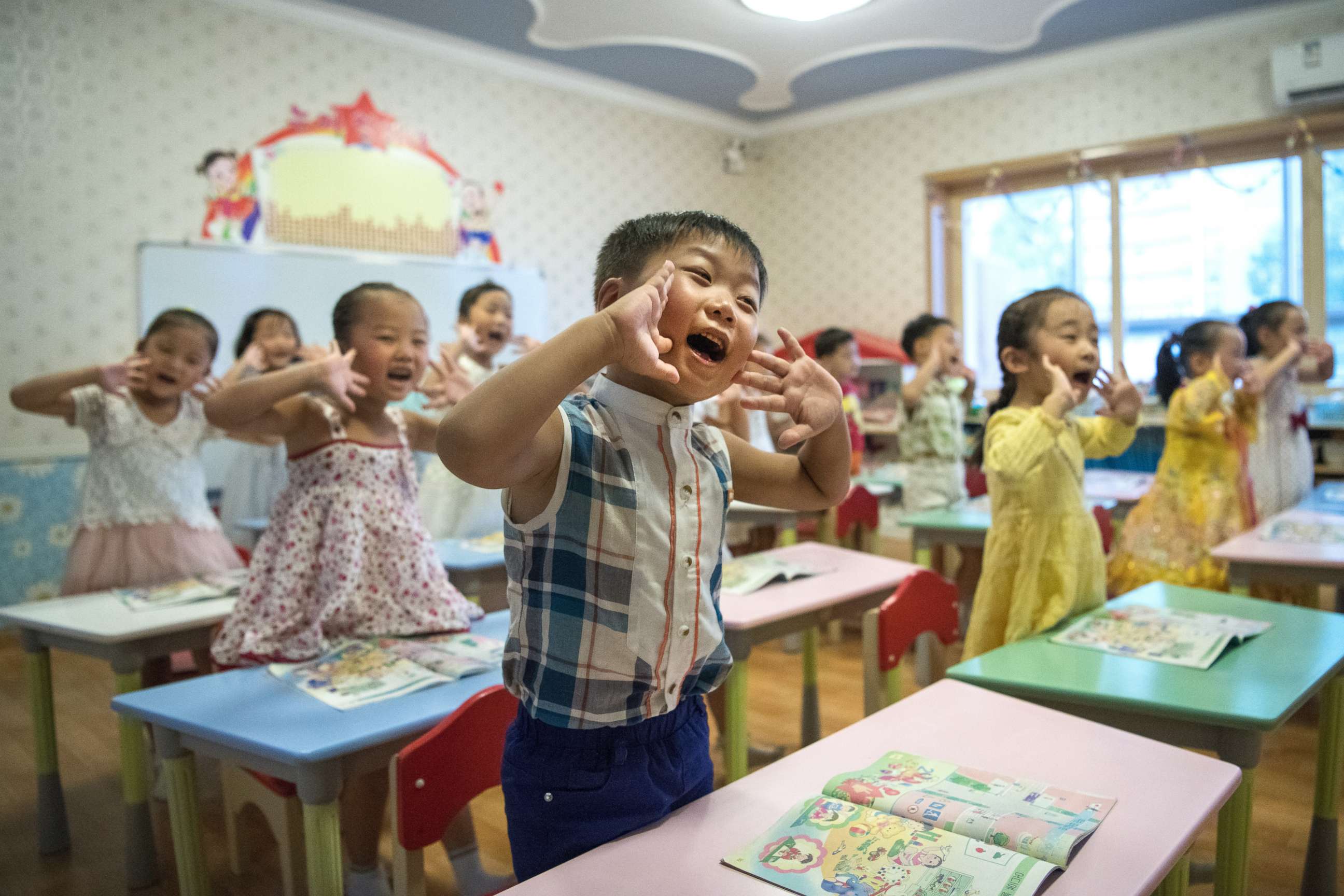
Carl Court, a Getty Images photographer currently based in Tokyo, is one of a handful of foreign journalists to visit and document life in the 'Hermit Kingdom.’ Court recently spent several weeks traveling throughout the country, visiting cities including Pyongyang, North Korea’s capitol and its most populated city.
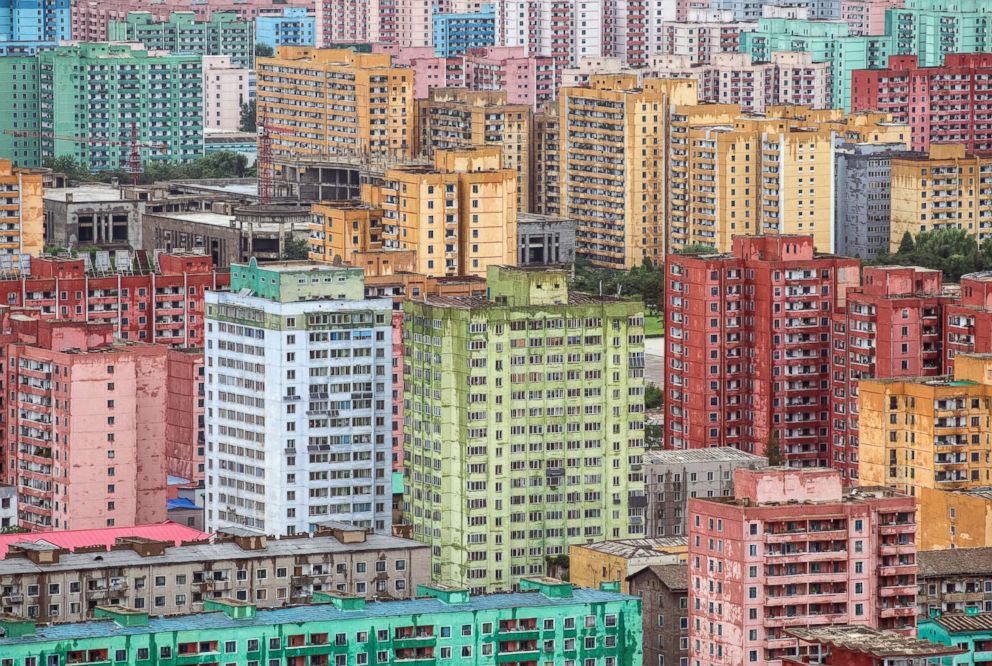
“I was surprised at the size, scale and grandeur of Pyongyang,” says Court. “I had imagined a small, impoverished city but it was fairly sizable, with a lot of activity; people milling about on the streets, preparations for the forthcoming anniversary celebrations, cars honking. For some reason, I was expecting it to be almost completely empty.”
Court also visited the industrial city of Kaesong, as well as the port city and naval base of Wonsan. He also traveled to Myohyangsan, a mountain in North Korea that is considered a sacred site and is home to the Pohyon Temple, a popular tourist destination.
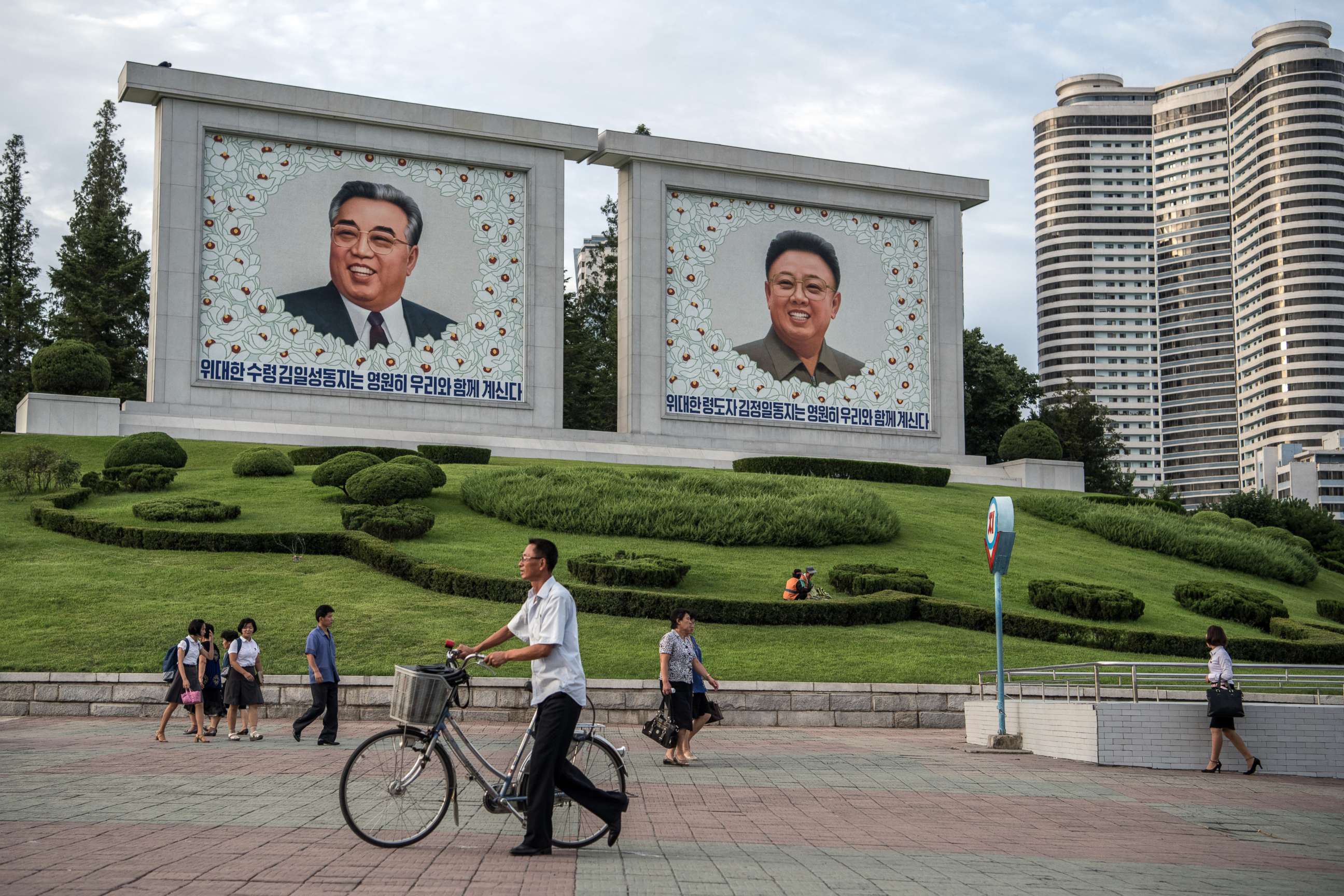
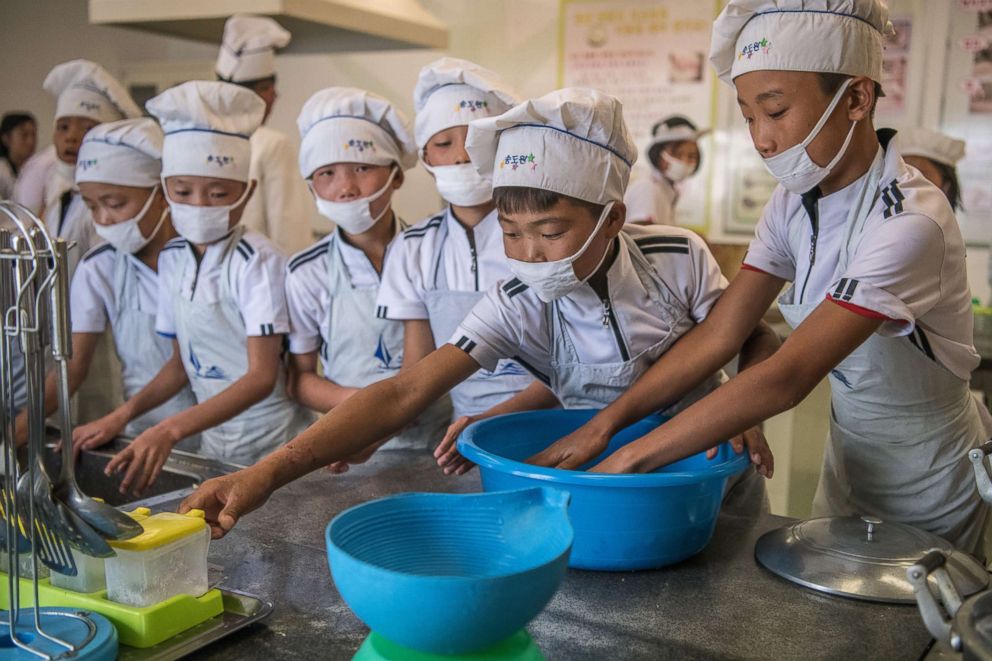
North Korea is typically closed to foreign media, with the exception of mass rallies; only government photographers are allowed access to news events. Court was allowed access to the country only after a lengthy process in which he had to explain why he wanted to visit and what he wanted to photograph. He also had to provide an itinerary and numerous other documents to support his request.
Once inside North Korea, Court was accompanied by two officials wherever he went, which is standard for almost any foreigner visiting the country. When recounting what it was like to photograph in such a controlled environment, Court said, “I was generally given just about enough time to shoot. Each visit reminded me of being a pool photographer for the Queen or [prime minister] back in the UK, where you’re taken to a location, given just about enough time to get a set of pictures and then escorted away.”
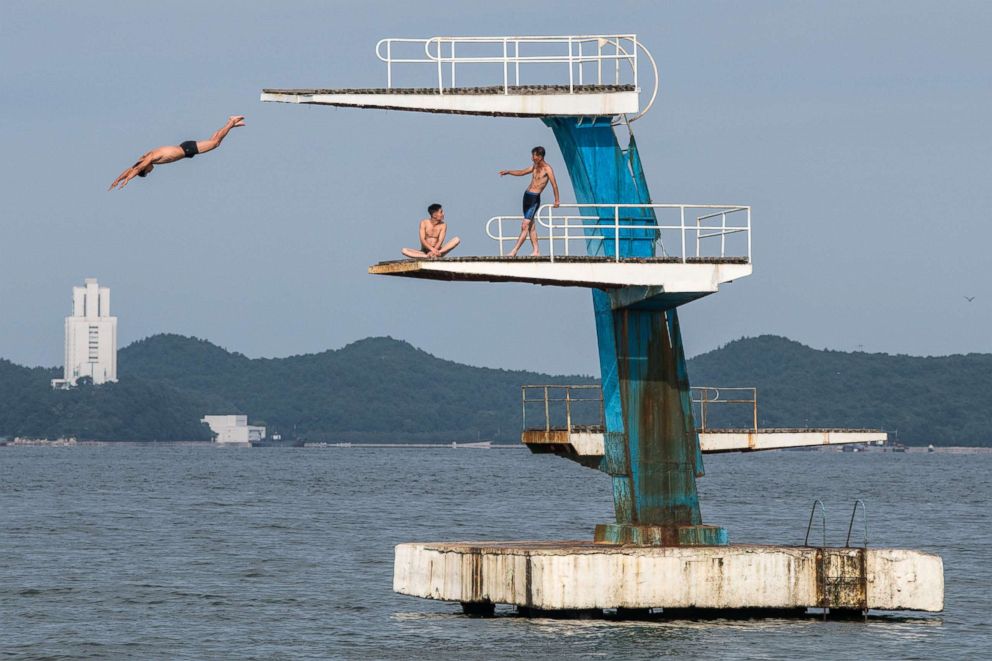
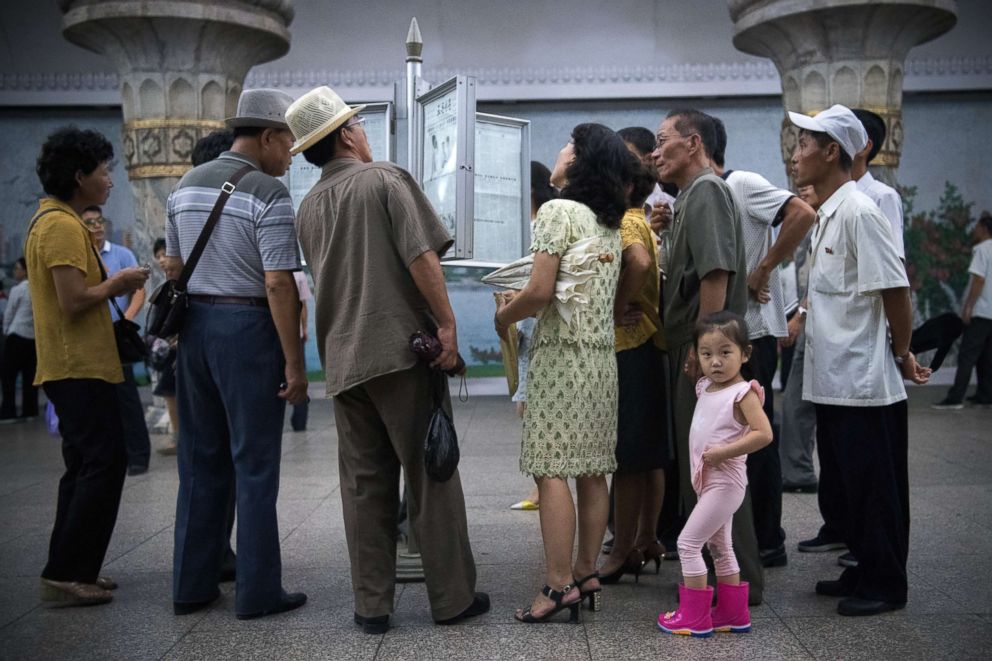
All of Court’s photo requests were pre-approved, pre-arranged destinations, generally the most accessible parts of the country (schools, factories and tourist sites). As Court pointed out, “Censorship didn’t take the form of officials deleting my pictures or blocking my shots. Rather, it was done by limiting access to non-approved sites.”
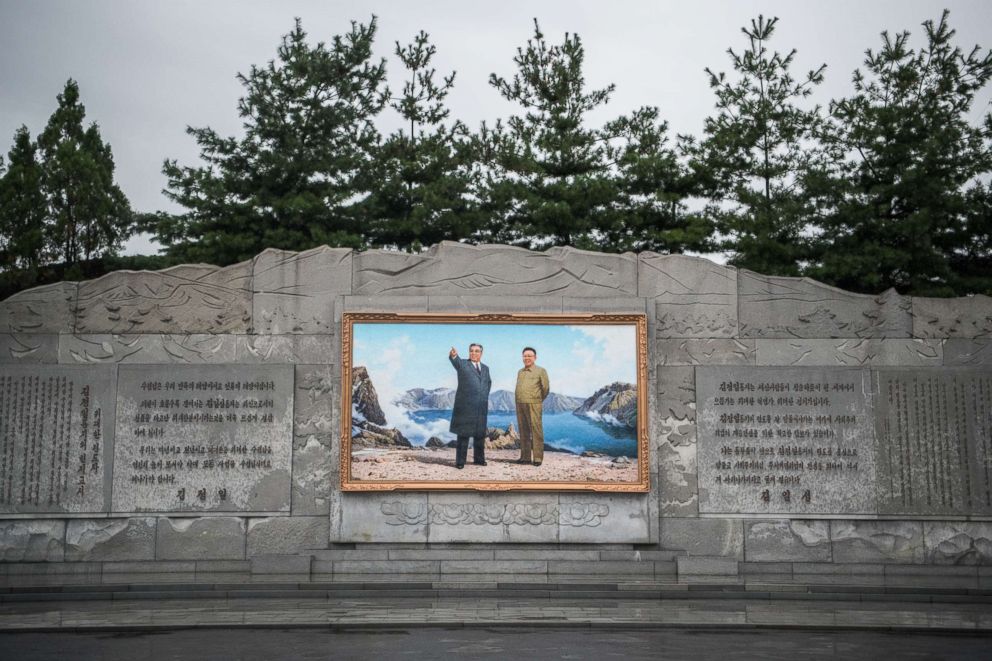
Still, Court’s images provide a revealing glimpse into the fascinating banalities of daily life in Kim Jong-un’s North Korea. From school teachers with students, to factory workers at their machines and even people frequenting a water park in Pyongyang, these everyday places and events are interesting in that they show how North Koreans project their own identity. Yet, his photos also manage to capture the candid, more unpredictable moments among the regime’s carefully controlled display of uniformity and routine.
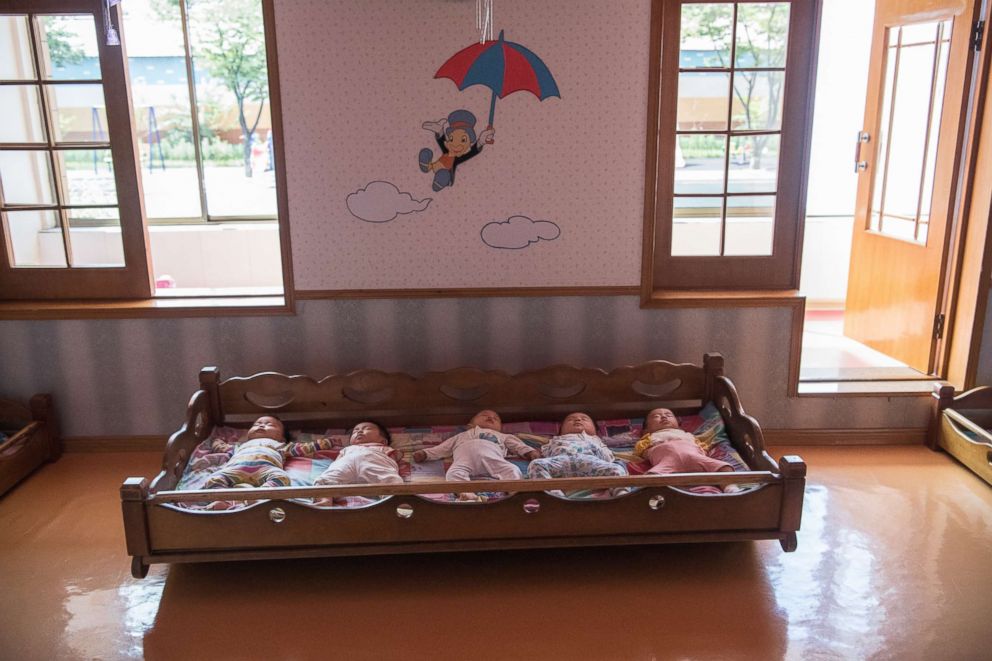
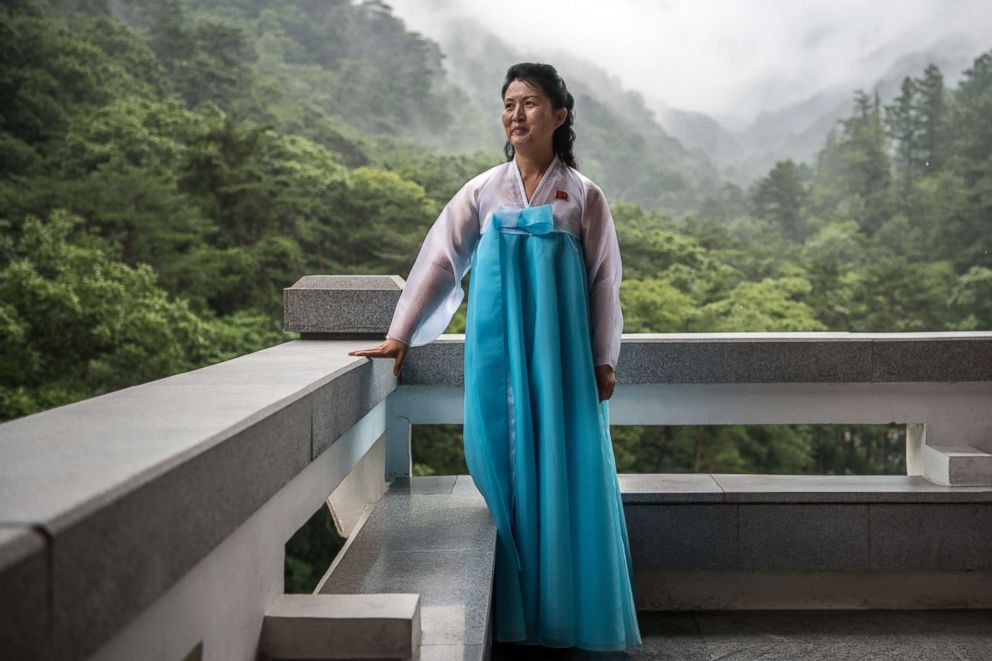
According to Court, “Life is often very regimented in North Korea. It’s a country technically still at war with the south and also a Communist state, so many of the leisure pursuits or social activities that we undertake independently as individuals in the West have a strong state influence in the DPRK, and are often done communally at state-provided facilities, such as Songdowon International School Children's Camp.”
Many of Court’s images depict young children in a school or camp setting, such as Songdownon, often engaging in performing arts or athletic activities, such as dance or swimming. There appears to be an emphasis in the DPRK on athleticism and recreation. In much of Court’s photography people participate in leisure time, albeit regulated, portraying a sense of normalcy and modernization in North Korean daily life.
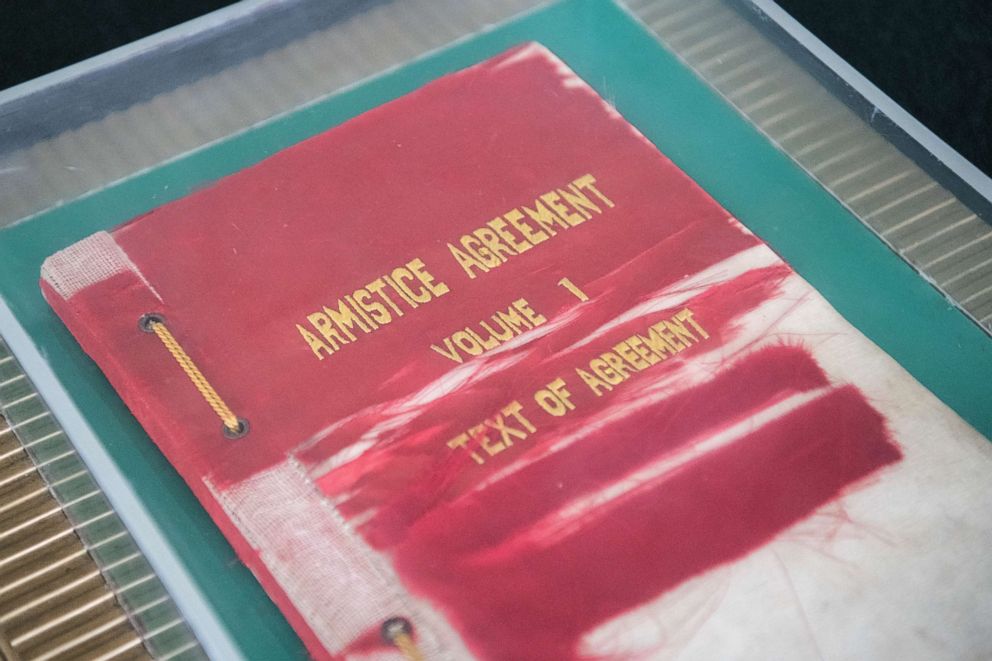
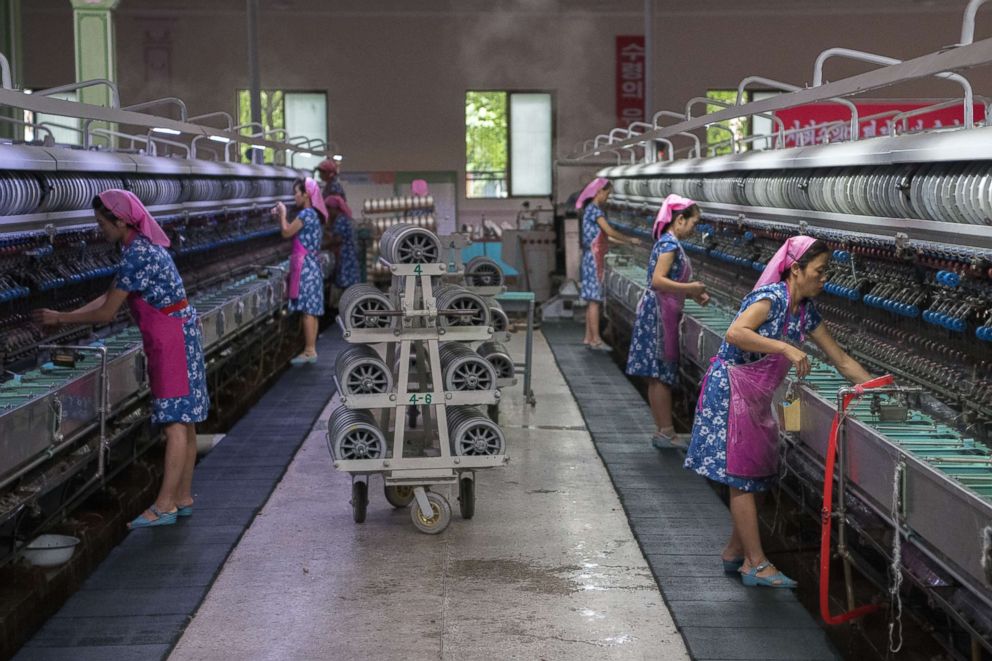
As Court explains, “Like all nations, North Koreans would prefer a positive portrayal of their country. I’m sure they would want my photographs to convey a message of normality, of a socialist state, of a modernizing country and of an independent state that has a plan for the future.”
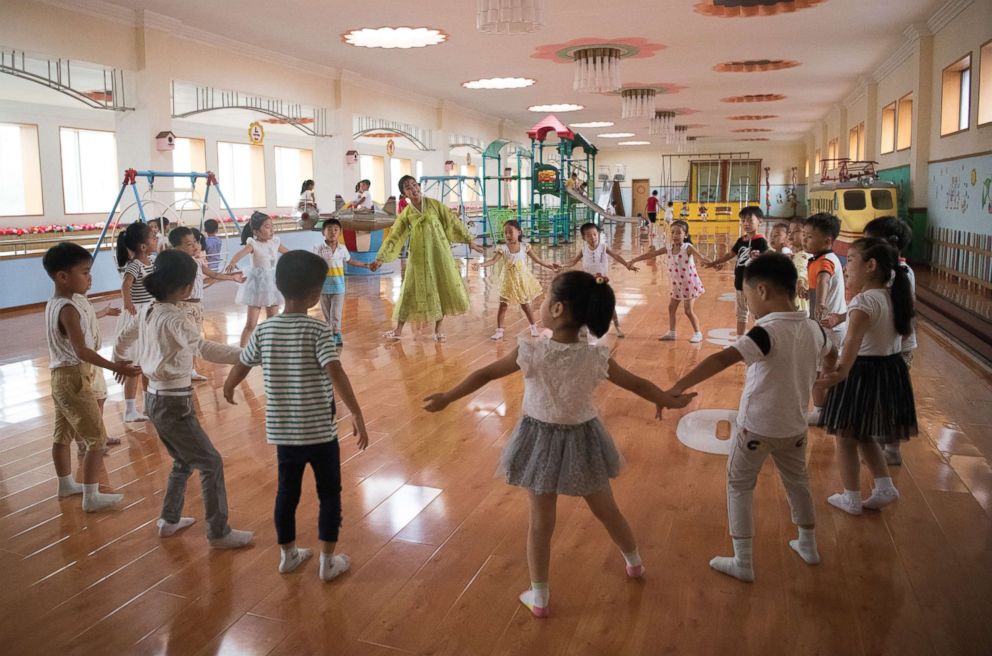
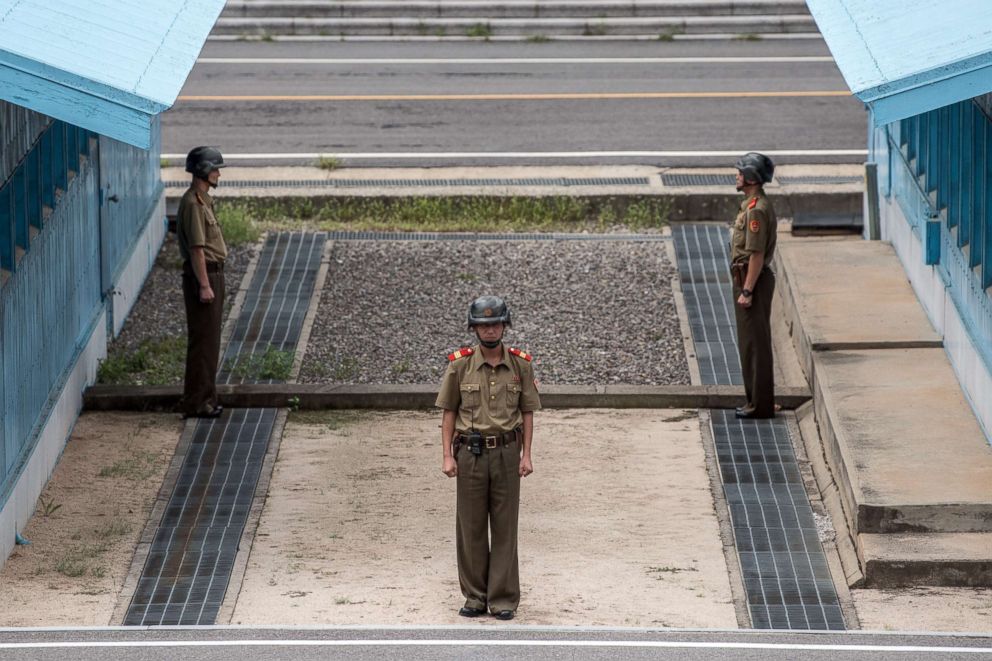
Despite its rigid appearance, the DPRK is no doubt a layered, complicated place with hidden elements buried in its daily reality. As westerners, many of us hold preconceptions of the country, shaped by the dominant tropes of military parades and communist politics. However, as we see more images like Court’s, we might notice the country revealing facets of itself that are unexpected, especially in its people.





